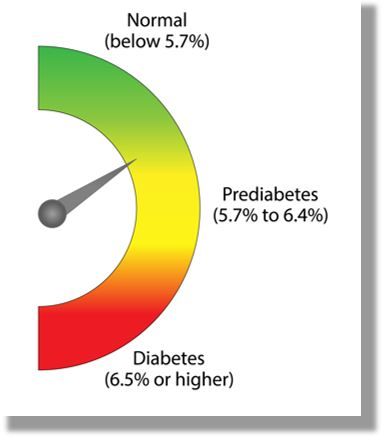Remission from Type 2 Diabetes via Lifestyle Intervention Reduces Risk for CVD, CKD
Longer duration of remission was associated with a greater reduction in CKD and CVD risk, according to a post hoc analysis of the Look AHEAD study.
Adults with type 2 diabetes (T2D) who showed evidence of remission through long-term lifestyle interventions had a significantly lower risk of chronic kidney disease (CKD) and cardiovascular disease (CVD) than those who did not achieve remission, according to recent research.
Longer duration of remission was associated with a greater reduction in CKD and CVD risk, according to findings from a post hoc analysis of the Look AHEAD study published in Diabetologia.

Remission from T2D is commonly observed after bariatric surgery and has previously been shown to be followed by lower incidences of CVD and CKD. Diabetes remission has also been achieved with lifestyle interventions, according to study authors. “However, to our knowledge, no studies have yet examined the impact of diabetes remission in the context of lifestyle intervention on long-term health outcomes,” wrote first author Edward W. Gregg, PhD, professor of population health, Royal College of Surgeons of Ireland, Dublin, and colleagues.
For the study, investigators analyzed data from 4488 adults (58% women; mean age, 59 years) aged 45 to 76 years with T2D and overweight or obesity who participated in Look AHEAD, the largest and longest randomized controlled study of intensive weight loss conducted to date. The study compared the effects of a 12-year intensive lifestyle intervention (ILI) to diabetes support and education (DSE) on CVD and other long-term outcomes.
Look AHEAD participants attended a baseline clinic visit between August 2001 and April 2004 as well as annual follow-up visits for 4 years, followed by visits every other year up to 12 years. Participants were considered to have T2D remission if they had an HbA1c of <6.5% without the use of glucose-lowering medications at any follow-up visit, according to the study.
Incidence of high-risk or very high-risk CKD was defined as an estimated glomerular filtration rate (eGFR) of <45 mL/min/1.73 m2, an eGFR of <60 mL/min/1.73 m2 plus a urine albumin-to-creatinine ratio (uACR) of at least 30 mg/g, or any eGFR level with an uACR greater than 300 mg/g. Incidence of composite CVD was defined as any occurrence of CVD death, nonfatal acute myocardial infarction, nonfatal stroke, or hospital admission for angina.
FINDINGS
Among the 4488 individuals, 12.7% achieved T2D remission at year 1. The prevalence of remission among the ILI group was 11.2% at year 1 and declined by about 0.7 percentage points annually until it reached 3.7% at 12 years. Among the DSE group, the prevalence of remission remained at approximately 2% throughout the follow-up.
In multivariable analyses that adjusted for HbA1c, blood pressure, lipid levels, CVD history, diabetes duration, and intervention arm, results showed that participants with any evidence of remission during follow-up had a 33% lower rate of CKD (HR 0.67, 95% CI 0.52-0.87) and a 40% lower rate of CVD (HR 0.60, 95% CI 0.47-0.79) compared to those who did not. The risk reduction was even greater (55% and 49%, respectively) among participants who had evidence of at least 4 years of remission.
In addition, participants with diabetes of shorter duration, greater weight loss, or low baseline HbA1c were more likely to experience remission, noted Gregg and colleagues.
Investigators underscored the need for continued follow-up in remission studies, “as well as rigorous evaluation of real-world programs of remission as they develop in the future.”
Source: Gregg EW, Chen H, Bancks MP, et al. Impact of remission from type 2 diabetes on long-term health outcomes: Findings from the Look AHEAD study. Diabetologia. 2024;67:459-469.